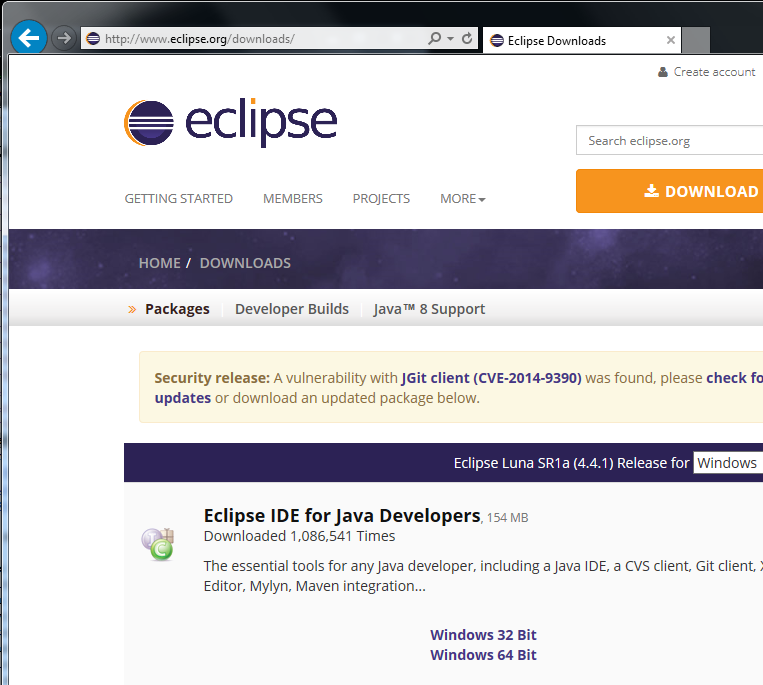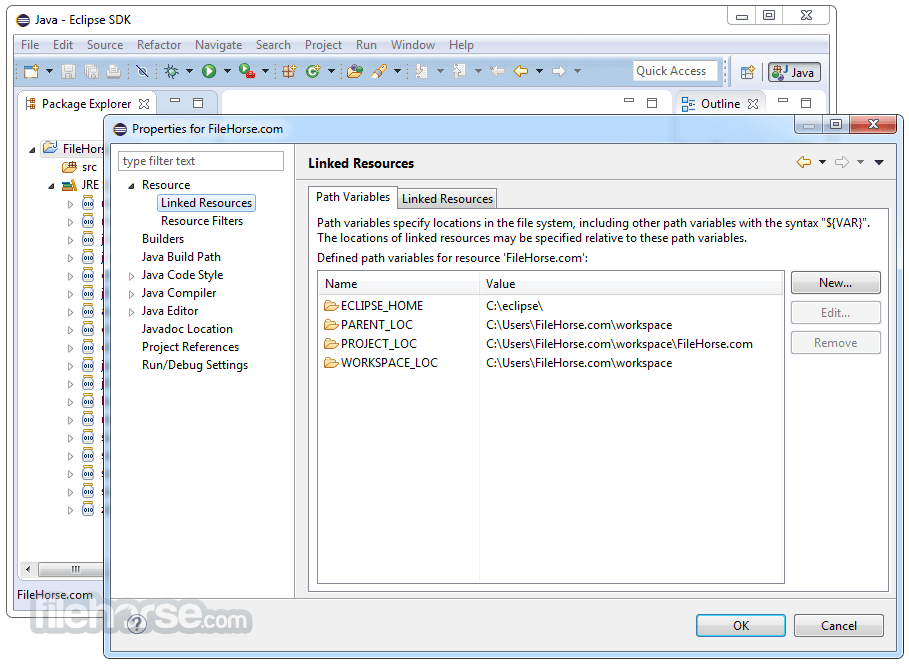




You can grab a fresh copy of Payara by visiting the payara.fish website.įrom Payara, you will receive a ZIP file that again you should uncompress in your preferred directory. The result should be a brand new Eclipse IDE. tar xzvf eclipse-jee-oxygen-3a-linux-gtk-x86_64.tar.gzįinally, you could execute the IDE by entering the bin directory and launching the eclipse binary. tar.gz file, hence you should uncompress it in your preferred directory. Hence to simplify the process, you could download Eclipse IDE for Java EE Developers. Eclipse for Java EE DevelopersĪfter a complete revamp of the website's GUI, you can go directly to and download Eclipse IDE.Įclipse offers collections of plugins called Packages - each package is a collection of common plugins aimed for a particular development need. In this line, Red Hat and other big players have been offering OpenJDK as the standard JDK in Linux distributions, working flawlessly for many enterprise-grade applications. In the near future, the differences between OracleJDK and OpenJDK should be zero. emerge dev-java/icedtea-binĬurrently, Oracle has plans to free up all enterprise-commercial JDK features. At this time, most application servers have Java 8 as their target due to the new Java-LTS version scheme, as in the case of Payara.įor Gentoo Linux, you could get a new OpenJDK setup by installing dev-java/icedtea for the source code version and dev-java/icedtea-bin for the precompiled version. Since this is a distribution dependent step, you could follow tutorials on Ubuntu, CentOS, Debian and many more distributions if you need to. OpenJDK on Gentoo Linux (Icedtea bin build) Standalone application server if your focus is "monolithic" In order to set up a complete Java EE development box, you need at least a: Some days ago, I had the opportunity/obligation to set up a brand new Linux (Gentoo) development box, hence to make it "enjoyable," I prepared a back to basics tutorial on how to set up a working environment.


 0 kommentar(er)
0 kommentar(er)
